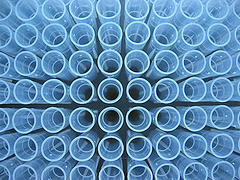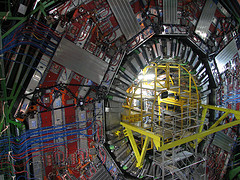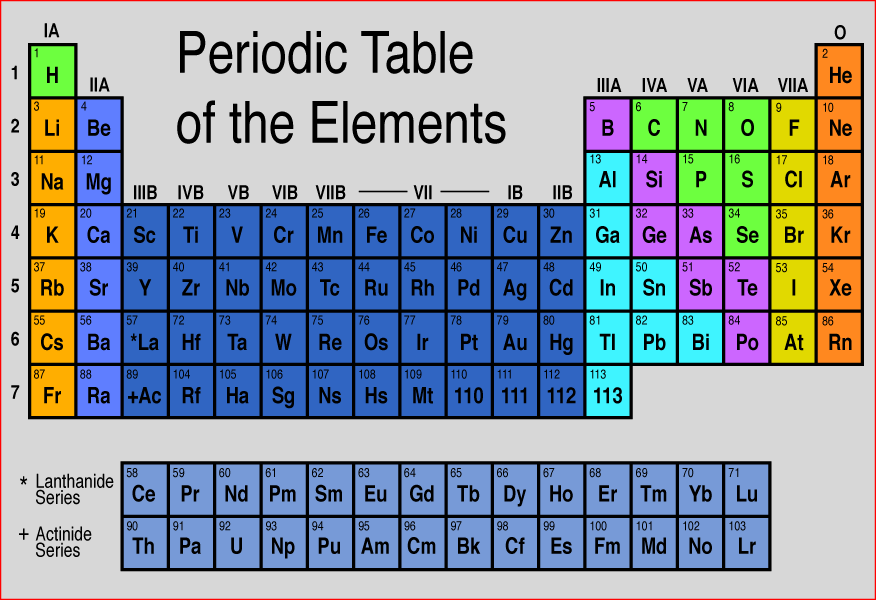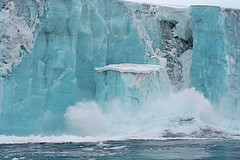Thought that chemical engineers dealt only with oil refineries and fluidized beds?
Dr. Savvas Hatzikiriakos has published a number of articles looking at the rheology of mozzarella cheese.
Rolling of mozzarella cheese: Experiments and simulations Journal of Food Engineering, In Press, Accepted Manuscript, Available online 12 September 2008. Evan Mitsoulis, Savvas G. Hatzikiriakos
Rheology of mozzarella cheese: Extrusion and rolling International Dairy Journal, Volume 18, Issue 6, June 2008, Pages 615-623. Edward B. Muliawan, Savvas G. Hatzikiriakos
Rheology of mozzarella cheese International Dairy Journal, Volume 17, Issue 9, September 2007, Pages 1063-1072. Edward B. Muliawan, Savvas G. Hatzikiriakos
Rheology is the science of the deformation and flow of matter. It is concerned with the response of materials to applied stress. That response may be irreversible viscous flow, reversible elastic deformation, or a combination of the two. Control of rheology is essential for the manufacture and handling of numerous materials and products, eg, foods, cosmetics, rubber, plastics, paints, inks, and drilling muds. Before control can be achieved, there must be an understanding of rheology and an ability to measure rheological properties. (Kirk-Othmer Encyclopedia of Chemical Technology).
Dr. Savvas Hatzikiriakos’ other research involves the study of the rheological behavior of polymers.
Thermorheological properties of LLDPE/LDPE blends: Effects of production technology of LLDPE Journal of Polymer Science Part B: Polymer Physics. volume 46 issue 16 pages 1669-1683 2008. Delgadillo-Velázquez, O.; Hatzikiriakos, S.G.; Sentmanat, M.
Submitted by Kevin Lindstrom Liaison Librarian for Chemical and Biological Engineering and Materials Engineering




